In a landscape where rules and regulations are the backbone of order and fairness, policy waiver assessments emerge as a pivotal process, blending flexibility with integrity. This isn't about giving carte blanche to break the rules but about understanding when and how it's appropriate to make exceptions.
Next, we’ll uncover the layers of policy waiver assessments, revealing why they're essential and how they're conducted. Let’s begin, shall we?
What is a Policy Waiver Assessment?
Imagine a situation where standard rules seem like a square peg in a round hole. That's where policy waiver assessments step in, acting as the arbitrator between rigid adherence and necessary flexibility.
This process meticulously evaluates requests to bypass certain policies under specific conditions, ensuring that any deviation is justified and beneficial. This is crucial in maintaining the delicate balance between consistency and adaptability.
Whether it's an educational institution considering a unique student need or a government body adapting to unforeseen circumstances, policy waiver assessments provide a structured pathway to equitable solutions. It's about ensuring that policies serve the community's best interests without becoming inflexible obstacles.
The Significance of Policy Waiver Assessments
Delving deeper into the essence of policy waiver assessments reveals their multifaceted importance. They stand as guardians of fairness, ensuring that every exception to a rule is scrutinized and justified, preventing arbitrary decisions.
This process underscores the value of adaptability within systems, acknowledging that real-world scenarios often present complexities that standard policies may not adequately address.
Moreover, policy waiver assessments testify to an organization's commitment to equity and innovation. They allow for exploring new approaches and solutions within the safety net of a controlled, principled framework.
By facilitating exceptions in a transparent and structured manner, these assessments ensure that the integrity of the overarching policies remains intact, fostering a culture of trust and respect.
Conducting a Policy Waiver Assessment: A Step-by-Step Overview
Embarking on the path of a policy waiver assessment is like setting out on a journey with a clear map and compass in hand. Each step is carefully plotted to ensure the trip reaches its intended destination: a fair and informed decision on whether to grant a waiver.
Here's how the process typically unfolds:
- Submission of request. The journey begins with the submission of a detailed request for a waiver. This document outlines the policy in question, the reasons for requesting an exception, and any supporting evidence that might bolster the case.
- Initial review. The request is then subjected to an initial review to ensure it meets the essential criteria for consideration. This stage filters out incomplete requests that fall outside the scope of policy waiver assessments.
- Detailed evaluation. At this stage, the heart of the assessment takes place. It thoroughly analyzes the implications of granting the waiver, considers the potential impact on the organization and its stakeholders, reviews relevant precedents, and consults with key stakeholders for additional insights.
- Decision-making. Armed with a thorough understanding of the request and its broader implications, a decision is made. This crucial step determines whether the waiver is granted and under what conditions, ensuring that any exception made is justified and aligned with organizational values.
- Communication. The final step is communicating the decision to the requester and any conditions attached to the waiver. Clear, transparent communication is essential to maintain trust and understanding, regardless of the outcome.
Stakeholder Engagement in Policy Waiver Assessments
Policy waiver assessments thrive on diverse perspectives, making stakeholder engagement an indispensable part of the process. This inclusive approach ensures that the decision-making process is transparent and reflects various interests and concerns.
From the individuals directly affected by the potential waiver to the policymakers responsible for upholding the system's integrity, each stakeholder plays a crucial role in shaping the outcome.
This collaborative effort enhances the legitimacy and acceptability of the assessment's findings. By fostering open dialogue and considering varied viewpoints, the process ensures that decisions are well-informed and builds a sense of community and shared responsibility.
Challenges in Policy Waiver Assessments
While policy waiver assessments are critical in ensuring flexibility and fairness, navigating through them can present several challenges. Each challenge requires careful consideration and a balanced approach to overcome. Here are some of the most common hurdles:
- Maintaining objectivity. Ensuring that each assessment is conducted impartially and fairly, avoiding biases that could influence the outcome.
- Consistency. Striking the right balance between flexibility for unique situations and maintaining consistency with how policies are applied across the board.
- Expectation management. Effectively managing the expectations of those requesting a waiver, mainly when granting their request, is impossible.
- Transparent communication. Communicating the rationale behind decisions, especially when a waiver is denied, to maintain trust and transparency.
- Adhering to principles. Ensuring that the decision to grant a waiver always aligns with the organization's core principles and values.
By addressing these challenges head-on, organizations can ensure that their policy waiver assessments are both practical and equitable, fostering a culture of fairness and adaptability.
Future Trends in Policy Waiver Assessments
As we look to the future, policy waiver assessments are poised to become even more integral to organizational and societal flexibility.
Advances in technology and data analytics offer promising avenues for enhancing the efficiency and fairness of these assessments. The potential for more dynamic, responsive policy frameworks is on the horizon, driven by insights gleaned from a rich tapestry of waiver requests and outcomes.
Furthermore, the evolving landscape of stakeholder engagement points towards more participatory and transparent processes. As organizations and communities become more interconnected, the collective wisdom and shared values reflected in policy waiver assessments will be critical in shaping adaptable, resilient policies.
Conclusion
Policy waiver assessments stand at the crossroads of tradition and innovation, offering a pathway to navigate the complexities of modern governance and administration. This process ensures that policies remain relevant and practical by embracing the principles of fairness, transparency, and adaptability. Also, it can foster a culture of inclusivity and progress.
As we continue to explore the depths of policy waiver assessments, it's clear that their role in shaping equitable, responsive systems is more critical than ever.









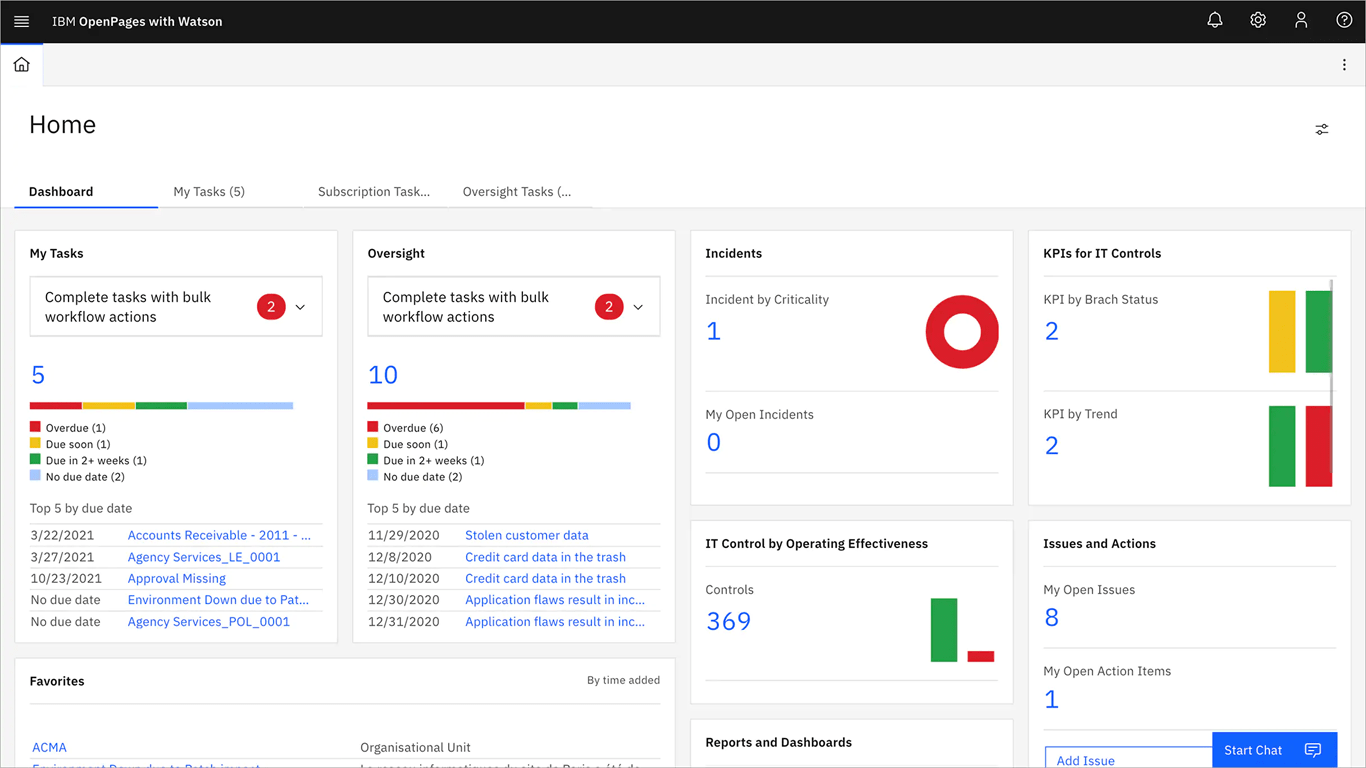









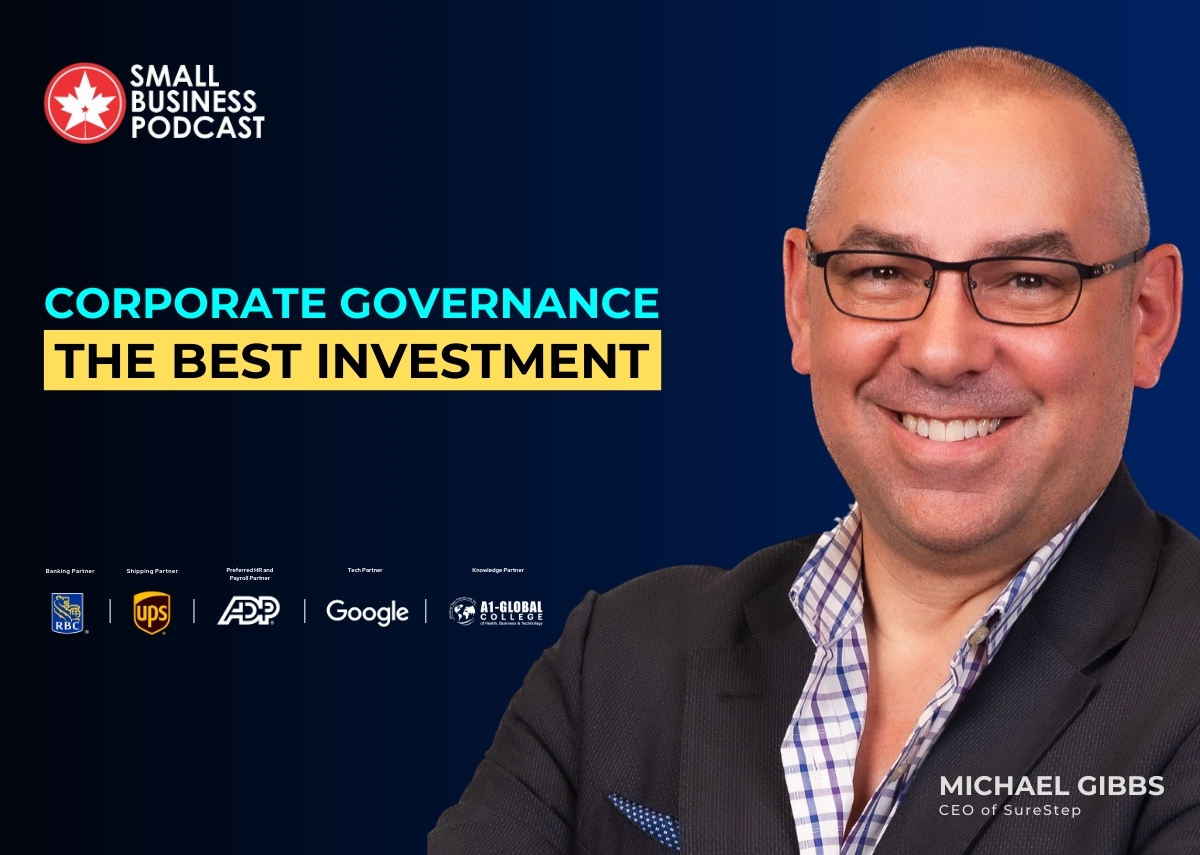

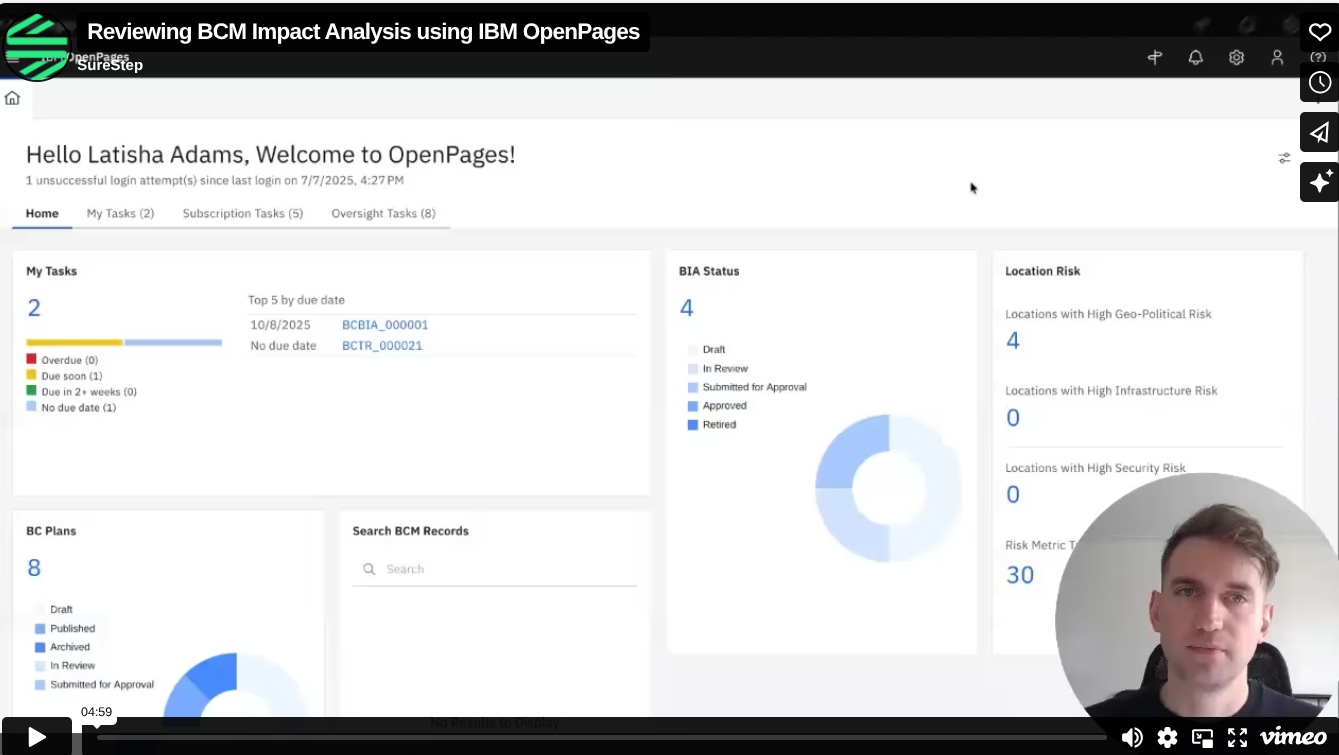



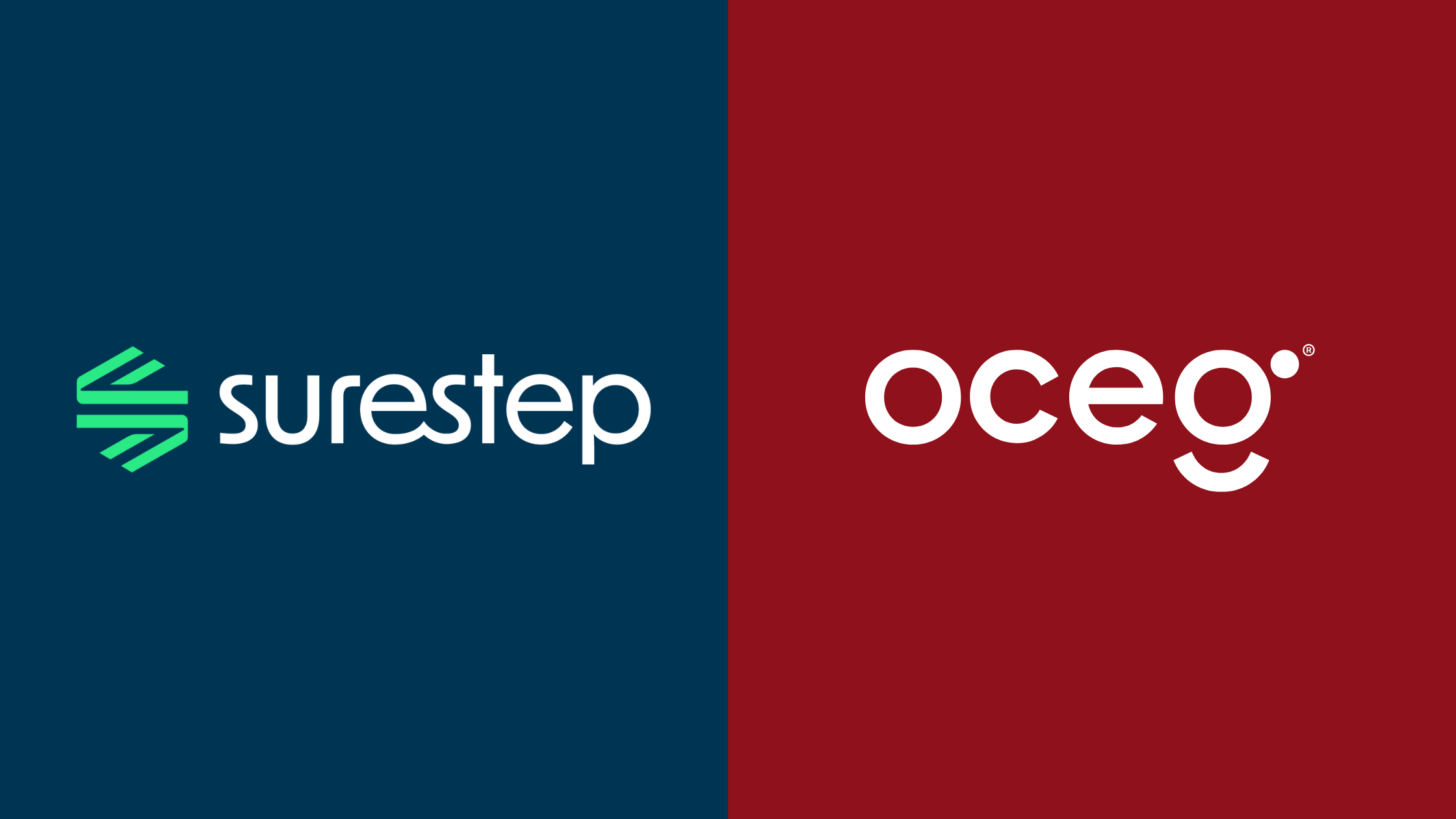


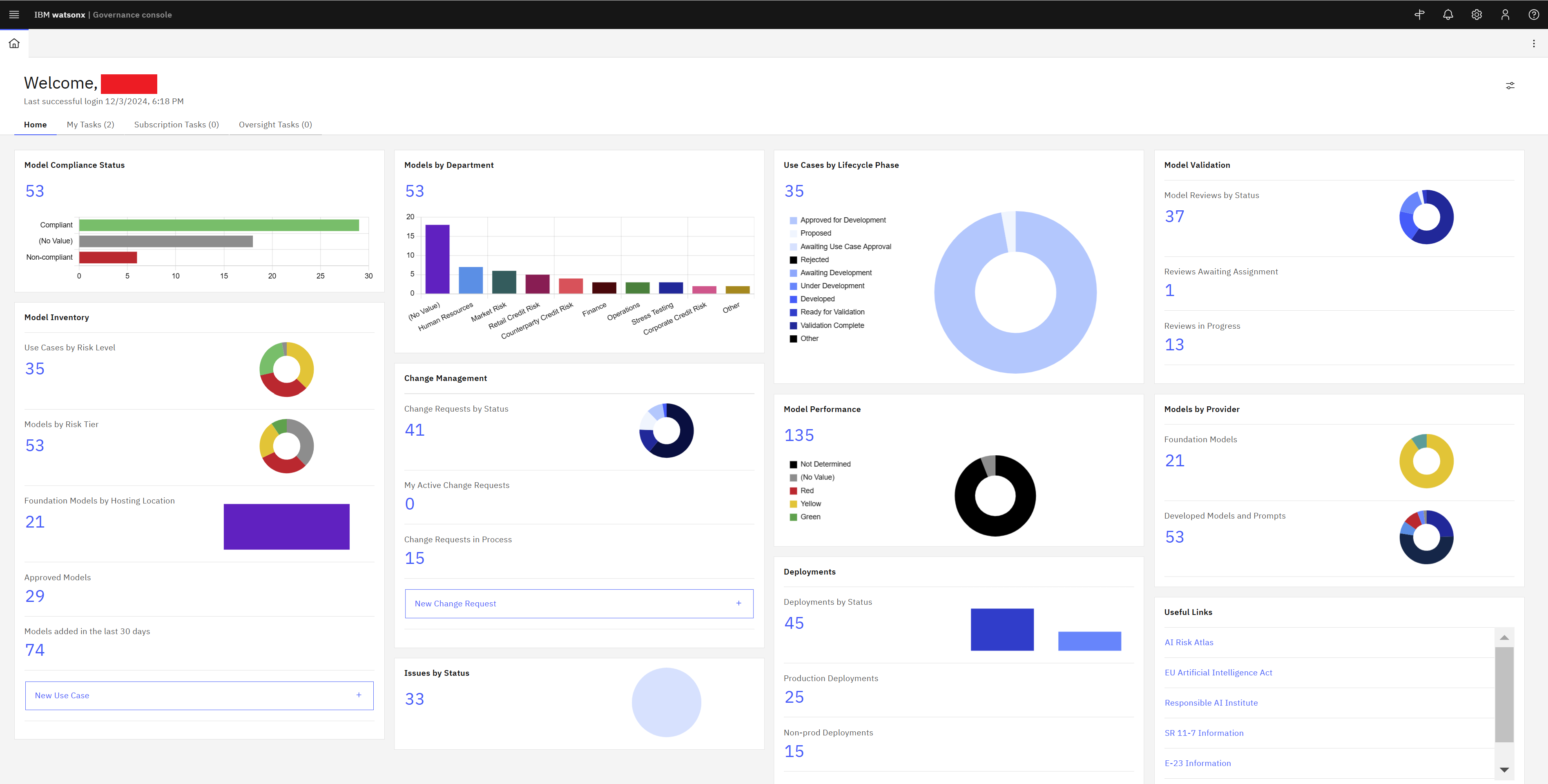

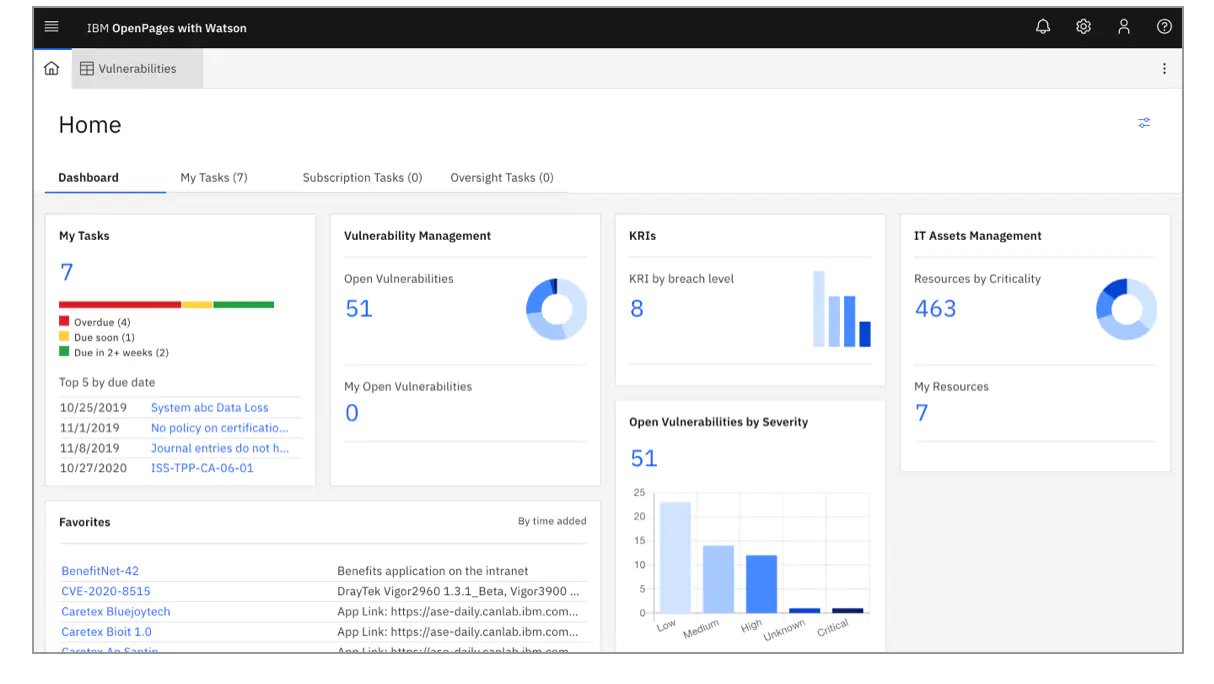
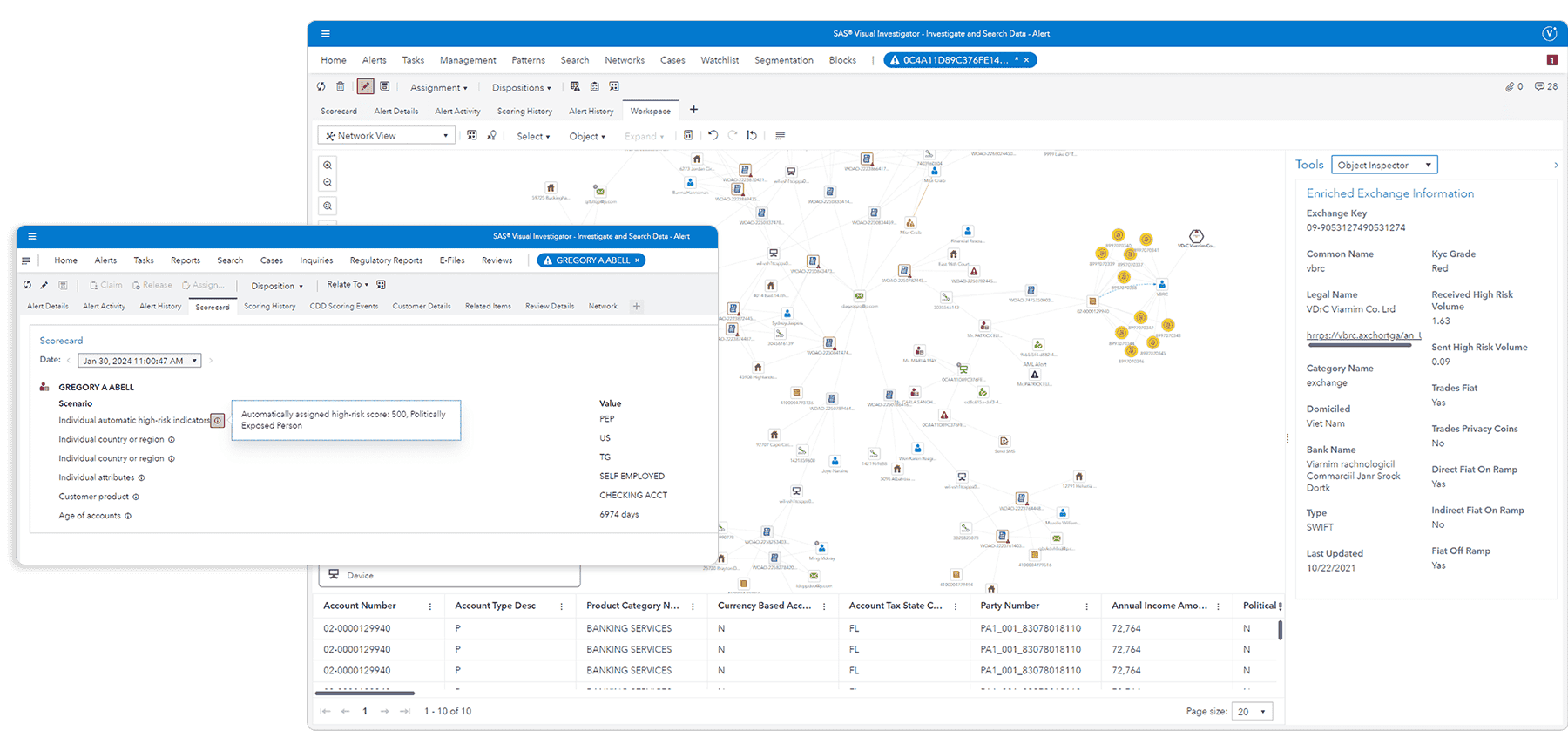







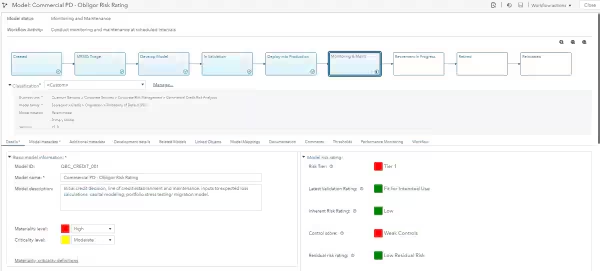









.webp)

-1.jpg)










.jpg)



























.jpeg)







